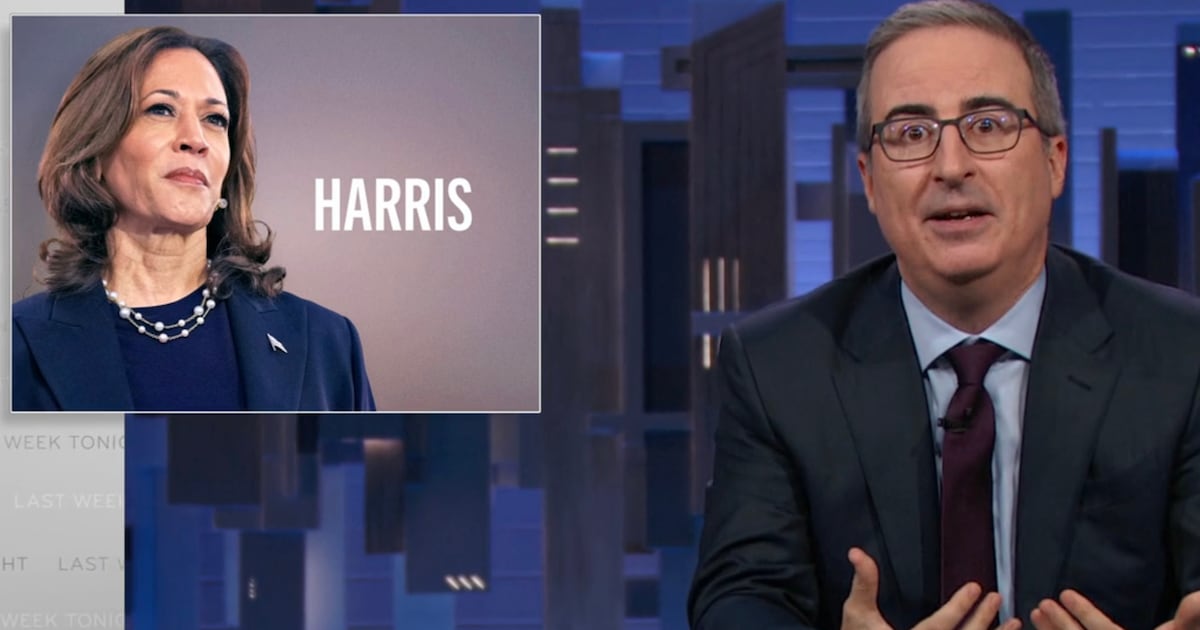It is now clear that Western security experts view the ability of terrorists to weaponize laptops as the most serious threat to aviation since 9/11. As The Daily Beast first reported last week, the Department of Homeland Security is considering banning ban laptops in all cabins on U.S.-bound flights from Europe due to the threat.
Commercial aviation has always been the No. 1 target of terrorists. The successful downing of an airliner creates an economic effect that lasts far beyond the horror of the event—it took the airline industry years to recover from the 2001 attacks and cost billions of dollars to completely change airport security.
Various attempts to repeat that success have so far failed—a shoe converted to a bomb, underpants concealing explosives, and, on a cargo flight, a printer cartridge that only at the last minute was found to contain an explosive device. The defenses against such attempts have now apparently forced the bomb makers to miniaturize the explosive charge to a point where it can be concealed inside the battery compartments used in larger personal electronic devices, such as tablets and laptops.
ADVERTISEMENT
And now the revelation that the Oval Office conversation between President Trump and top Russian officials included details of intelligence warnings about laptop bombs would explain what has been driving DHS’s urgent efforts to persuade European officials the devices should be banned from the cabins of all European flights to North America.
It is also very likely that the intelligence behind this move was so sensitive that U.S. officials did not wish to disclose it during the conference call they held with European Commission officials Friday. Ironically, the two sides are now due to meet in Brussels amid a firestorm of alarm about the exposure by the president of information that could help the Russians and others to trace the source of the intelligence and thereby jeopardize international collaboration in the fight against terrorism.
As Chris Abbott, head of an international team of former intelligence and military officials told the Daily Beast: “The U.K intelligence community was already extremely angry over Trump’s assertion that GCHQ [Britain’s equivalent of the National Security Agency] helped Obama wiretap the Trump campaign. This is not conducive to healthy intelligence-sharing relationships. The U.S. intelligence and diplomatic communities are going to be cleaning up after this blunder for a long time.”
From the beginning with Richard Reid, the attempted “shoe bomber” in 2001, the new generation of bomb makers understood that they did not need a large suitcase device like the one that brought down Pan Am Flight 103 over Scotland in 1988, which would never get through today’s baggage screening technology. Instead, they targeted the airplane’s most vulnerable part: the skin of the fuselage.
In effect, they were planning a two-stage bomb in which they had to provide only the first stage, an explosion just large enough to rip a hole in the fuselage. The airplane itself then became the devastating second stage. A bomb that ripped open the pressurized cabin at cruise altitude of 35,000 feet would trigger an explosive decompression. That would lead to an almost instantaneous structural breakup—and, in some circumstances even to a third explosion when the fuel tanks ignited.
So the bomb makers were always looking to combine as small a charge as would be effective: with a suicide bomber placed in a window seat, where the blast would be most likely to blow a hole in the airplane’s skin—ideally from a seat over the wings, which happens also to be above the main fuel tank.
That is why the new urgency about the threat posed by laptop bombs can be traced back to February 2016, when an Airbus A320 had a hole blown in its fuselage in exactly that fashion 15 minutes after it took off from Mogadishu, Somalia. Luckily, the airplane was only at 14,000 feet, and although the cabin rapidly depressurized the pilot was able to return safely.
The only casualty was the bomber himself. Passengers reported that he was blown out of the airplane with bomb.
A former senior British army security expert who reviewed this bombing told The Daily Beast, “The bomb was probably placed against the airframe before being detonated. The amount of explosive that can be hidden inside a laptop battery may not be effective if it was detonated elsewhere in the aircraft.” (The flight was only half full, so there would have been many window seats available.)
This expert also pointed out that if a laptop bomb is placed in baggage that goes into the cargo hold, it would also be less effective: “It would be among other luggage, which would absorb some of the explosive energy, and would not be sufficient to rupture the bulkhead and cause a destructive depressurization.”
Nonetheless any explosion anywhere on an airplane is a huge risk, and if the nearby luggage contains other laptops with lithium-ion batteries, it might well be the beginning of a fire that would lead to the destruction of the airplane.
Chris Abbott, executive director of Open Briefing, a British think tank specializing in open source intelligence, told The Daily Beast that in the case of bombs like the one used in the cabin of the Mogadishu flight, the bomber himself would have to add at the last minute a non-metallic detonator like a powder to trigger the blast, which would be impossible in bomb placed in the cargo hold.
“Creating a timed or remote non-metallic detonator that is small enough to fit in a laptop and innocent enough to evade detection seems to be the challenge.”





